1. Oversized Water Features

A grand fountain or massive pond may look impressive, but they often cost more to install and maintain than they ever add to a home’s value. Pumps, filters, and water treatments can add up quickly, especially when repairs are needed. Homebuyers frequently see these as future headaches rather than selling points. Unless you truly love the aesthetic and upkeep, it’s more of a drain than a boost.
On top of cost, these features can create safety concerns, especially for families with young children. They also take up a lot of space that could otherwise be used for a more practical garden layout. The resale appeal is fairly narrow—what looks elegant to one buyer may look outdated or excessive to another. In the long run, a simpler, low-maintenance water feature is usually a smarter bet.
2. In-Ground Pools
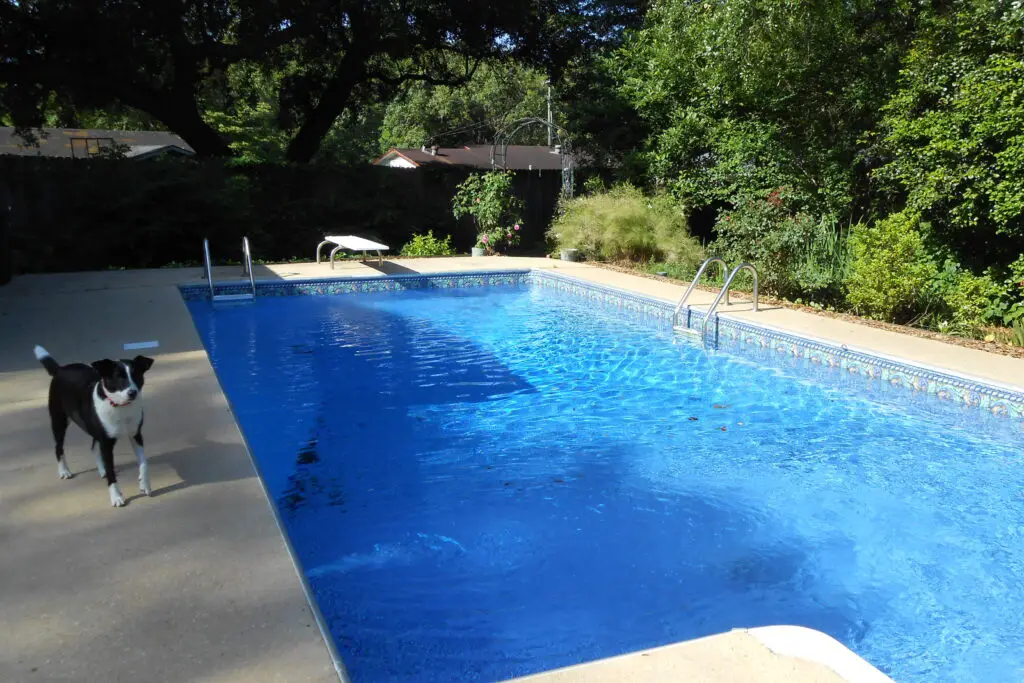
A swimming pool is often considered a luxury, but in many markets, it actually drags down resale value. They’re expensive to build, can cost thousands per year to maintain, and increase insurance premiums. Many buyers simply don’t want the hassle or liability. This makes pools a very localized value add—great in hot climates, but a turnoff in cooler ones.
Pools also eat up valuable yard space that could be used for entertaining, gardening, or play. If a family isn’t particularly into swimming, the feature becomes wasted square footage. Plus, aging pools often need resurfacing or repairs, which can be a financial black hole. For most homeowners, the long-term expense outweighs the supposed luxury.
3. High-Maintenance Lawns
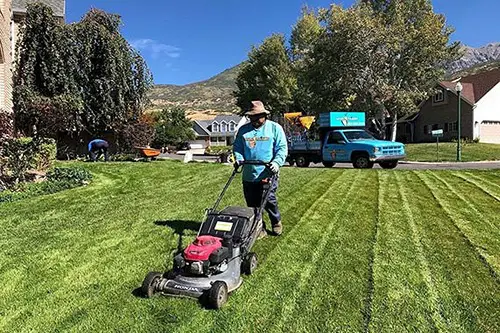
Perfectly manicured lawns may look picture-perfect, but they’re money pits when it comes to upkeep. Fertilizers, mowing, irrigation, and pest control all cost more than they return in resale value. Homebuyers are increasingly turned off by the maintenance burden. In fact, low-maintenance landscaping is often a bigger selling point today.
Lawns are also water-hungry, which can be a huge downside in areas with drought restrictions. The environmental costs weigh on eco-conscious buyers, who prefer native plants or xeriscaping. A yard that looks demanding can quickly shrink your pool of interested buyers. Instead, a smaller patch of grass with more sustainable features will typically pay off better.
4. Koi Ponds
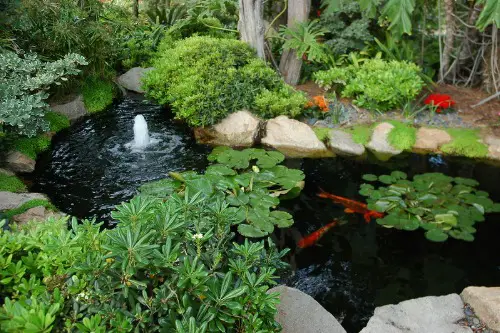
Koi ponds are a niche luxury that appeal to a very limited buyer pool. They require specialized care, like water testing and fish health management, that most homeowners aren’t eager to take on. The installation alone can cost tens of thousands of dollars. Buyers who don’t want the responsibility may even factor in removal costs when making offers.
They can also be a liability issue, especially if the pond is deep. Evaporation, algae control, and filtration systems make them even more high-maintenance than other water features. While they’re beautiful for those who love them, they rarely add real estate value. For resale purposes, they’re usually more of a deterrent than a draw.
5. Expansive Decking

A well-sized deck can absolutely add value, but going overboard with massive wood decking often backfires. Large decks are expensive to build and require regular staining, sealing, or replacement of boards. Buyers see big decks as projects rather than perks if they look worn or overwhelming. The return on investment is rarely proportional to the size.
Decking also limits how versatile a yard feels. Too much wood can crowd out green space, which buyers often prefer. If the deck doesn’t match the home’s style or scale, it can even look awkward. A modest, well-designed deck nearly always outperforms an oversized one in resale value.
6. Outdoor Kitchens
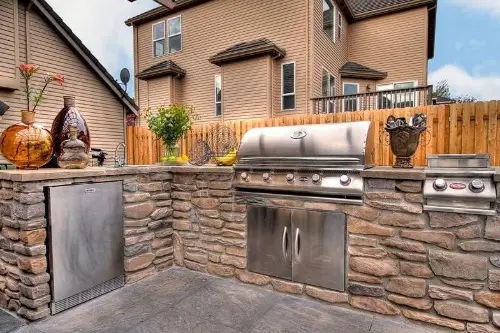
Outdoor kitchens may seem trendy, but they often don’t provide the financial return sellers expect. Built-in grills, refrigerators, and cabinetry are expensive to install and maintain. In colder climates, they sit unused for most of the year. Buyers in these areas tend to see them as wasted space and extra expense.
Even in warmer climates, buyers don’t always want to deal with the upkeep of appliances outdoors. Sun and weather exposure cause wear and tear quickly, and repairs can be costly. Unless you live somewhere with year-round outdoor living, this feature adds more hassle than value. A simple patio with space for a portable grill is usually a safer investment.
7. Exotic Plantings

Ornamental trees and rare flowers can be visually striking, but they often come with steep maintenance costs. Specialized care, pruning, or pest management may be required to keep them healthy. Buyers often see these as burdens rather than bonuses. A garden full of rare plants is not necessarily a garden full of resale value.
They can also overwhelm the average homeowner who isn’t familiar with them. If they die or get diseased, the replacement cost can be significant. In some cases, invasive species even create long-term problems for yards. A mix of hardy, low-maintenance plants usually makes a stronger impression on buyers.
8. Fire Pits and Outdoor Fireplaces
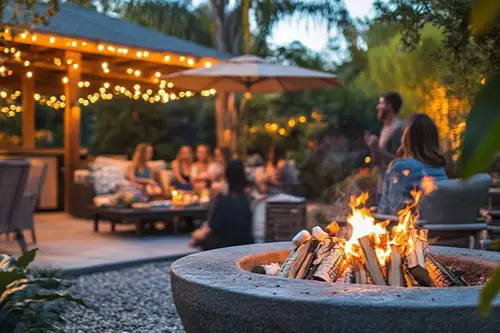
Fire pits and fireplaces are cozy features, but their ROI is surprisingly low. Installation can be pricey, especially for built-in stone or gas options. They’re often underutilized, particularly in regions with hot summers or strict fire restrictions. Buyers who don’t see themselves using them much won’t assign them much value.
There are also safety and liability concerns that some families shy away from. Maintenance, like cleaning ash or repairing stonework, adds ongoing costs. Portable fire pits usually offer the same experience without the price tag. For most homeowners, permanent fire features don’t justify their expense.
9. Artificial Turf
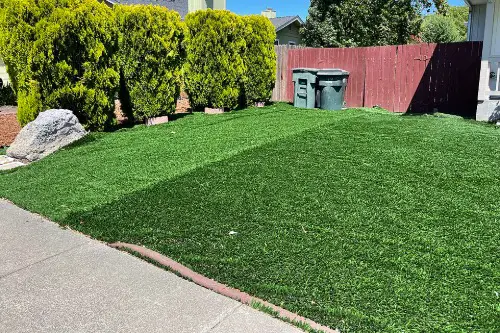
Artificial grass promises a maintenance-free lawn, but the reality isn’t quite so rosy. The upfront installation cost is high, and it doesn’t always appeal to buyers who value natural landscaping. Over time, turf can fade, trap odors, and even overheat in direct sun. All of this makes it less attractive as it ages.
Removing or replacing turf is also an expensive hassle. Buyers may worry about hidden issues beneath the turf, like poor drainage. In some climates, it can also feel impractical or unnatural. While it may save water, it doesn’t always save value in a resale.
10. Gazebos

Gazebos look charming, but they’re not always practical in a modern backyard. They’re expensive to build, require regular upkeep, and can feel dated to many buyers. Unless the design perfectly complements the home, they can even seem out of place. Most buyers would rather have open space than a permanent structure they may not use.
They can also obstruct views or make a yard feel smaller than it is. In climates with harsh weather, gazebos often degrade quickly, requiring repainting or repairs. Removal costs may also deter some buyers. For most homes, a simple pergola or shaded seating area is a more appealing choice.
11. Hot Tubs
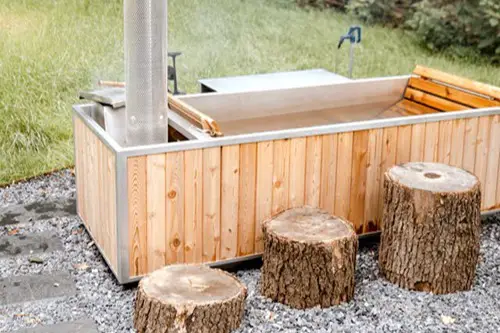
Hot tubs have a reputation for luxury, but many buyers see them as outdated or unhygienic. Maintenance involves regular chemical treatments, cleaning, and energy use. Repairs or replacements can be costly if the tub is aging. What feels like a bonus to one buyer can feel like a liability to another.
Hot tubs also take up a lot of space that could be used for something more versatile. Families with young kids may even see them as safety hazards. If the tub isn’t well-maintained, it can be a major turnoff. Unless you’re buying for your own enjoyment, they rarely add true resale value.
12. Ornamental Fencing
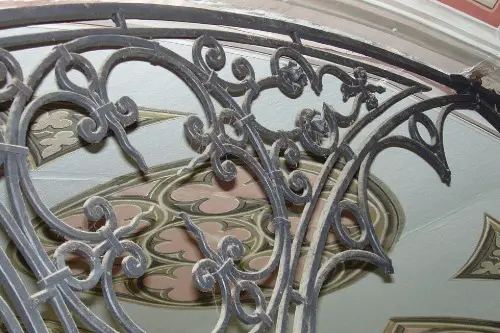
Decorative fences can be eye-catching, but they don’t usually boost property value. Wrought iron, stone, or elaborate designs come with hefty installation and maintenance costs. Many buyers prefer simple, functional fencing instead of something ornate. Unless it serves a specific purpose, ornamental fencing is usually money wasted.
It can also be polarizing—what looks beautiful to one buyer might look gaudy to another. Over time, metal or wood fencing requires repainting or repair, which adds ongoing expense. In some cases, elaborate fences can even make yards feel smaller or more enclosed than buyers like. A simple, sturdy fence often carries more universal appeal.
13. Putting Greens
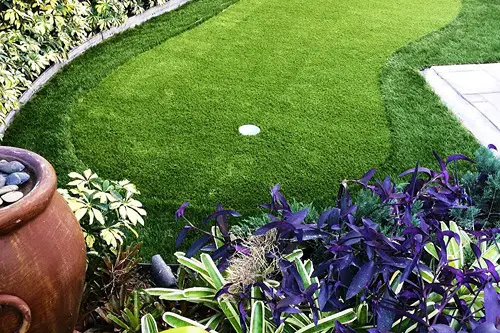
Golf-inspired landscaping might sound fun, but it’s usually a costly misstep. Installation is expensive, and the upkeep to keep it smooth and green is even more so. Few buyers are golfers, and even fewer want to maintain a putting green. It’s an overly niche feature that appeals to only a tiny fraction of buyers.
Putting greens also take up a lot of usable yard space. Non-golfers see them as wasted square footage that will need to be replaced. Even golfers often prefer to practice at a real course. As a resale feature, putting greens nearly always drain more than they deliver.
14. Outdoor Lighting Overkill
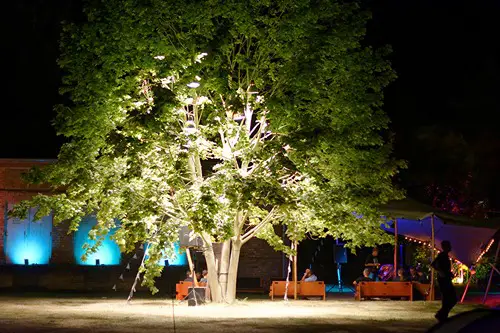
A bit of landscape lighting can make a yard feel inviting, but too much can feel like a theme park. Large-scale lighting systems are costly to install and increase electricity bills. They also require upkeep when bulbs or fixtures break. Buyers often see them as unnecessary excess.
Too much lighting can also disrupt neighbors or wildlife, creating more headaches than benefits. Modern buyers tend to prefer subtle, energy-efficient lighting solutions. If a system looks overly complicated, it may even feel intimidating. A few well-placed lights usually make a better impression than a full-scale system.
15. Sports Courts
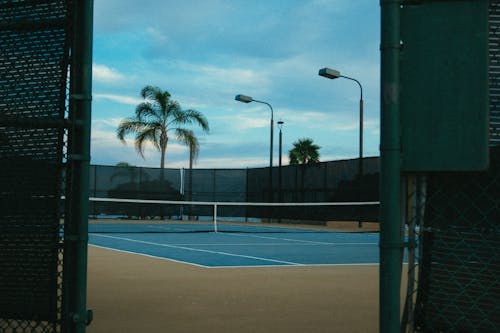
Tennis, basketball, or pickleball courts are impressive in size, but they rarely add resale value. The installation costs are high, and maintenance can be substantial. Unless a buyer shares the exact same passion, it often reads as wasted space. Courts can also reduce the flexibility of a yard for other uses.
These features can even deter buyers who see them as eyesores. Removing or repurposing a court is expensive and labor-intensive. Even in markets where sports are popular, the appeal is highly specific. Most homeowners are better off investing in versatile, multi-use outdoor spaces.
This post 15 Garden Features That Drain More Money Than They Add Value was first published on Greenhouse Black.
